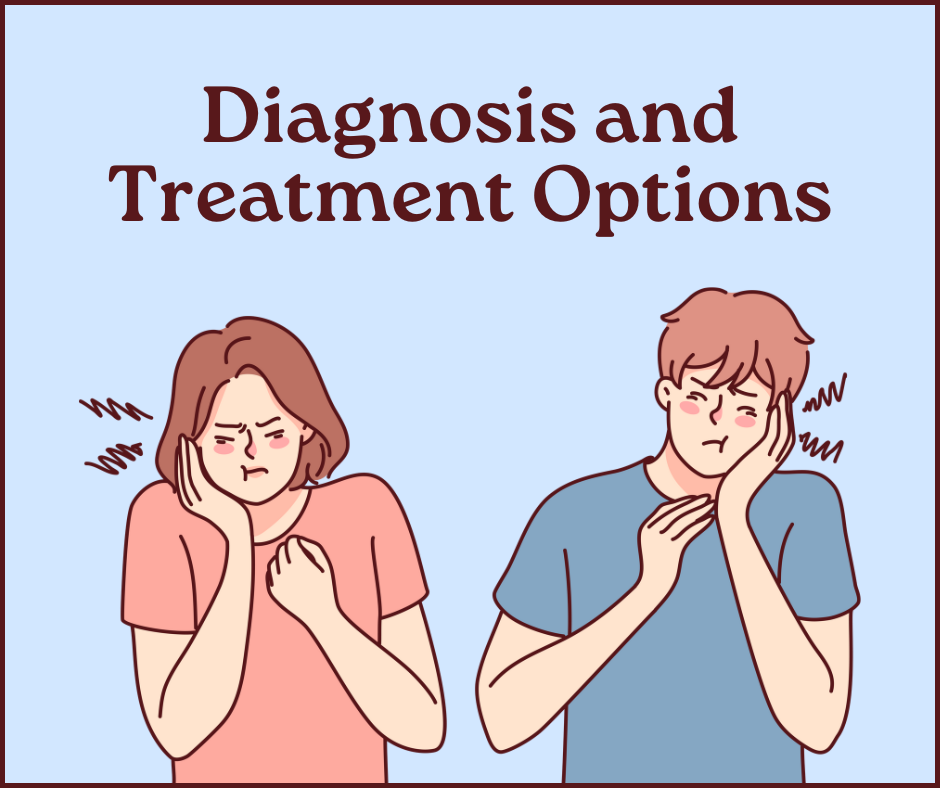Cracking, snapping, or grating sounds when you open or close your mouth. Jaw pain. Ringing or aching ears. Difficulty chewing or the jaw joint locking in place. Headaches or migraines. Do you have some or all of these symptoms? If so, you may have a TMJ (temporomandibular joint) disorder—also known as TMD—which can range from mild to severe. For TMJ awareness month, let’s go into more detail about what TMJ disorders are, what causes them, methods of treatment, and how to prevent symptoms from progressing.
What are TMJ Disorders?
The two joints located near the ears on either side of the jaw are known as the TMJ. It is the dysfunction of these small but essential joints that causes TMJ disorders to occur. Unfortunately, women are twice as likely to be affected by TMD as men, and science has yet to determine the reasons why.
TMJ disorders are incredibly common, affecting over 3 million people in the US alone. Even if you don’t have a TMJ disorder yourself, you probably know someone who does, so spreading awareness of the symptoms can benefit everyone.
You may wonder how TMJ disorders start in the first place. The causes aren’t always apparent, but some potential reasons include:
- Bruxism (a catch-all term for grinding, clenching, and bracing your jaw and teeth)
- Jaw injury
- Genetic predisposition
- Stress
- Arthritis
Bruxism most often happens during sleep, and people are often unaware that they are doing it. If you sleep with a partner, ask if they have noticed any grinding sounds. You can also look inside your mouth for a scalloped (wavy) pattern on the sides of your tongue—this can indicate bruxism.
Additionally, certain medications can make bruxism start or become worse. Many common mental health medications like antidepressants and antipsychotics can cause bruxism.

Diagnosis and Treatment Options
If you have a TMJ disorder but it doesn’t cause pain or limit the range of motion in your jaw, it probably does not require treatment. For cases that are more disruptive, it is a good idea to be evaluated by a medical professional to get customized advice or to be recommended to a specialist. They will likely do a physical examination of your face and neck, and they may suggest an x-ray or MRI depending on the results.
Here are a few simple at-home treatments you can try:
- Exercises to stretch and strengthen the jaw (such as the ones listed here)
- Over-the-counter pain relievers like ibuprofen or aspirin
- Cold or hot packs on the jaw
- Eating soft foods and avoiding chewing on gum and ice
- Maintaining good posture
- Once an hour, mindfully unclench your jaw and place the tongue on the top palette of your mouth behind the teeth
For treatments that are a step above home care, you can get a custom night guard made to help mitigate damage and allow the jaw to relax overnight. Dentists and doctors can also prescribe medications in the muscle relaxer, anxiety reduction, or pain management categories.
More medically invasive options for TMJ disorders include:
- Prolotherapy, in which an irritant solution is injected with the hope of triggering the body to repair the joint;
- Arthrocentesis, a minor procedure that can help with inflammation;
- Botox injections, though there is little evidence that these work to effectively treat TMD;
- Arthroscopy, a procedure where a doctor makes a small incision with a camera in order to view and treat jaw joint dysfunction;
- and major surgery, including TMJ implants that replace some or all of the jaw joint. This is a last-resort option reserved for only the most severe cases.
If you think you have a TMJ disorder and home treatments aren’t helping, contact our office for an evaluation so we can help you find a solution!